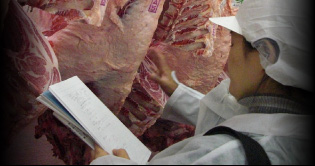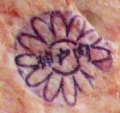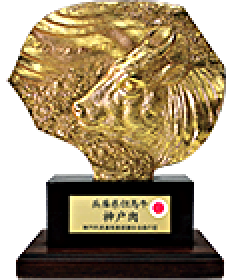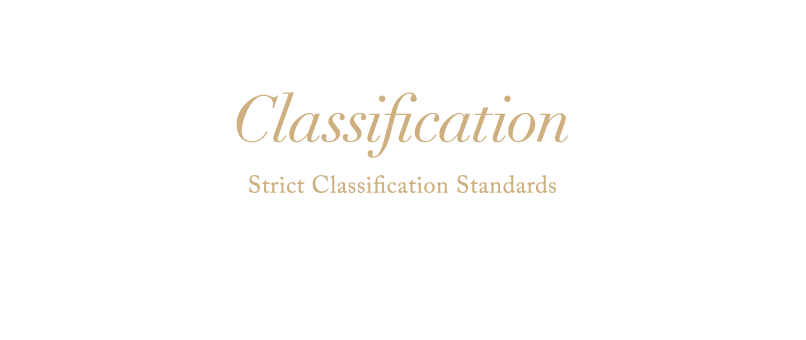
- 1 | Breeding of Calves
-
Calves of Tajima cattle lineage born at breeding farms (designated producers) in Hyogo Prefecture are first registered in a cattle lineage register. They are then assigned an ear tag marked with a 10-digit individual ID number. The role of a breeding farm is to decide which bloodline calves should be bred by, find new improved mating patterns, and raise healthy calves to the age of nine months.
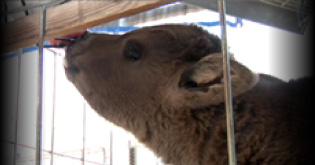
- 2 | Feeding of Cattle
- Calves put on show in the calf livestock market are bought by feeding farms (designated producers) and are raised in a stress-free and healthy environment. Much love, labor and time is devoted in raising these calves. They are fed only the very best feed—rice straw, maize, barley and other cereals—and are given only fresh, clean water to drink. Their meat matures to an ideal quality and texture from the minimum age of 28 months upwards and at an average age of 32 months.



